For those embarking on a garden redesign, or just improving an awkward area, there’s plenty of choice of hard landscaping materials to choose from with garden gravel being one of the most versatile choices out there. Gravel can be used to describe a range of decorative aggregates which we’ll consider here, each with its own best uses, characteristics, style and appeal. So how might you use gravel to improve your garden and how to decide what’s best?
The best gravel for gardens and decorative aggregate
Popular types of gravel
All gravels will take on different tones when wet, and it can help to see samples both wet and dry. Descriptions of gravel often relate to their geographical origin and can be a good indication as to whether the style and colour tone will look appropriate to your garden.
Here is a list of the type of stone commonly used to make garden gravel – or decorative aggregates as it is also known.
Pea gravel
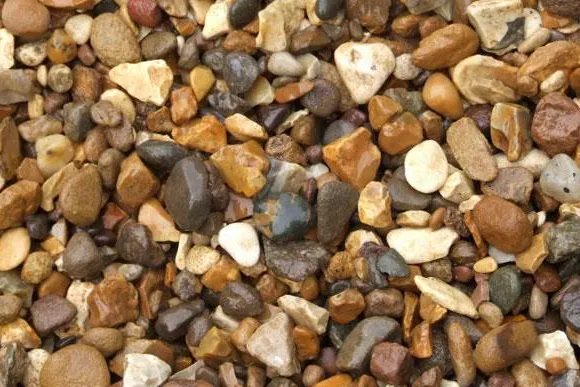
Natural gravel smoothed and shaped by water. This gravel can be a range of colours and also show colour variation within individual stones. It is good for pathways as it is comfortable to walk on. But be warned: pathways and driveways must be edged with something to retain the gravel as it will migrate. Pea gravel has a variety of uses and is particularly good for high-traffic areas, as well as drainage and pipe bedding. The colour and texture of this kind of gravel make it much more attractive for larger designed areas too.
SQUIRREL_13089750
Limestone gravel
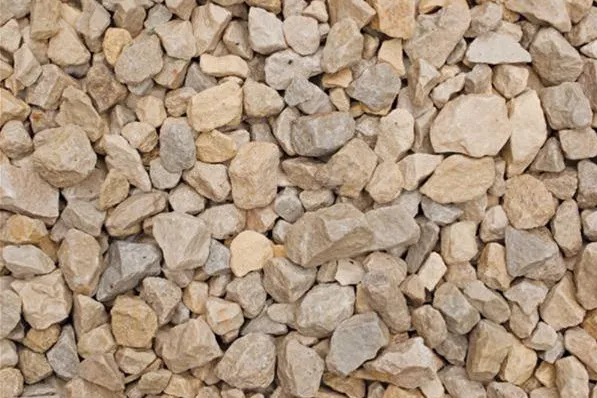
This is a very versatile gravel option in terms of colour options and sizing. It has a softer appeal than pea gravel and is indeed a softer material, so will crush under constant pressure. It is still very good for pathways and areas in the garden not under constant heavy footfall and usage, including rockeries and ornamental water features.
It's very discreet and light too, and can help to lift the colour and feel of any garden corner. Perfect also for topping off beds and borders and can be a helpful aid in the war against weeds. It can offer a traditional finish to your outdoor space.
SQUIRREL_13089757
Slate gravel
A layered rock in shades of bluey-grey and black but also available in pinker tones. The flat ‘slices’ work well for covering flower beds or to edge areas.
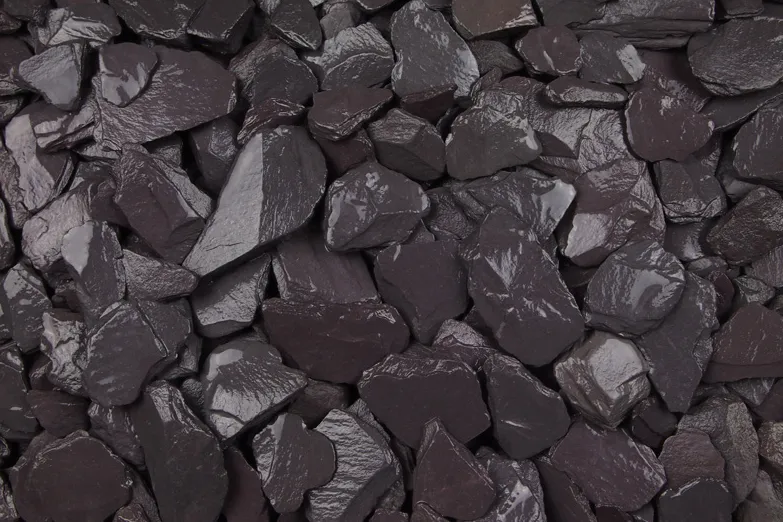
SQUIRREL_13096725
Granite gravel
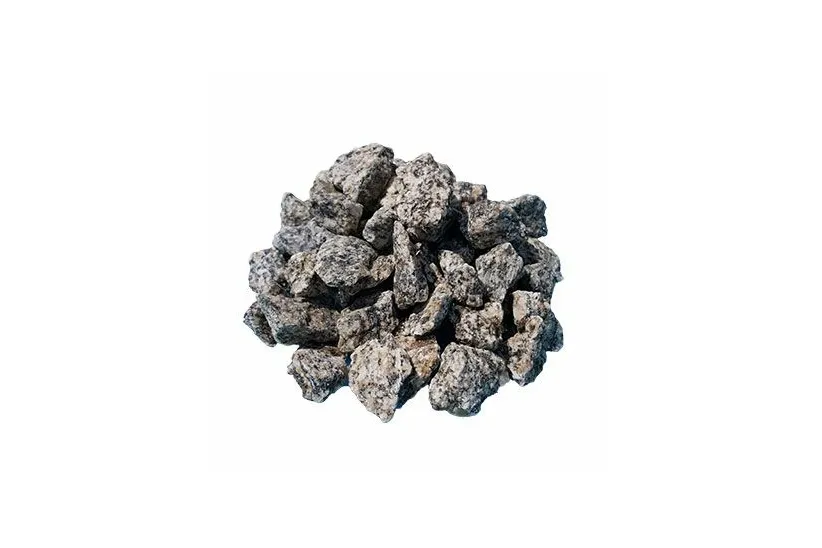
Hard, durable stone in a range of colours from grey through black and red. A good one to consider if you’ve used granite as a surface in a kitchen and want that visual link inside and out.
SQUIRREL_13089764
Basalt
Another good gravel choice where a stronger stone is needed.
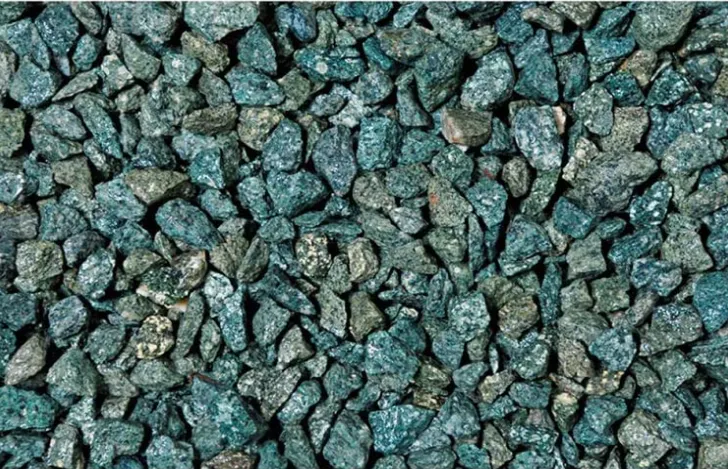
SQUIRREL_13089765
Marble gravel
Tends to offer lighter colours and often polished to give a smoother look.
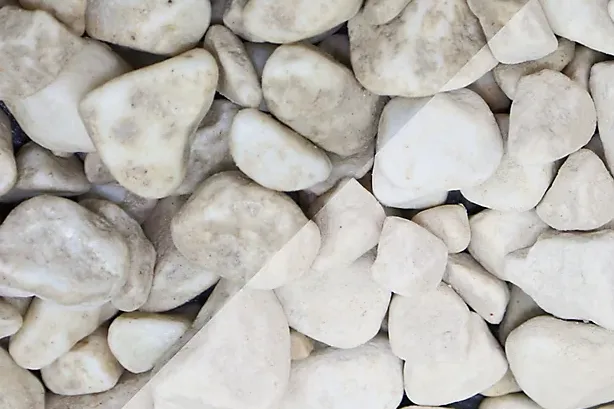
- Buy now from B&Q (£13.30)
Decomposed granite, hoggin or self-binding gravels
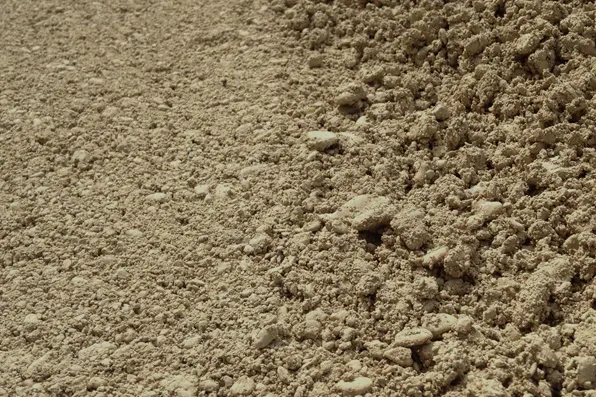
A mix of finer grits and gravels that can be compacted down to form a stable surface. It’s still permeable and has a good natural appearance, giving a soft look that works well for pathways – and your petanque court!
It’s a good choice if your path is sloping, as stones won’t slide away and for creating those transitions from garden to less gardened areas. Don’t use too close to the house as shoes will pick up the top surface bits of loose grit, which can then be transferred into the house.
Rubber gravel
Not quite decorative gravel but for a more utilitarian surface, such as play areas or allotment pathways, you can consider recycled rubber chippings.
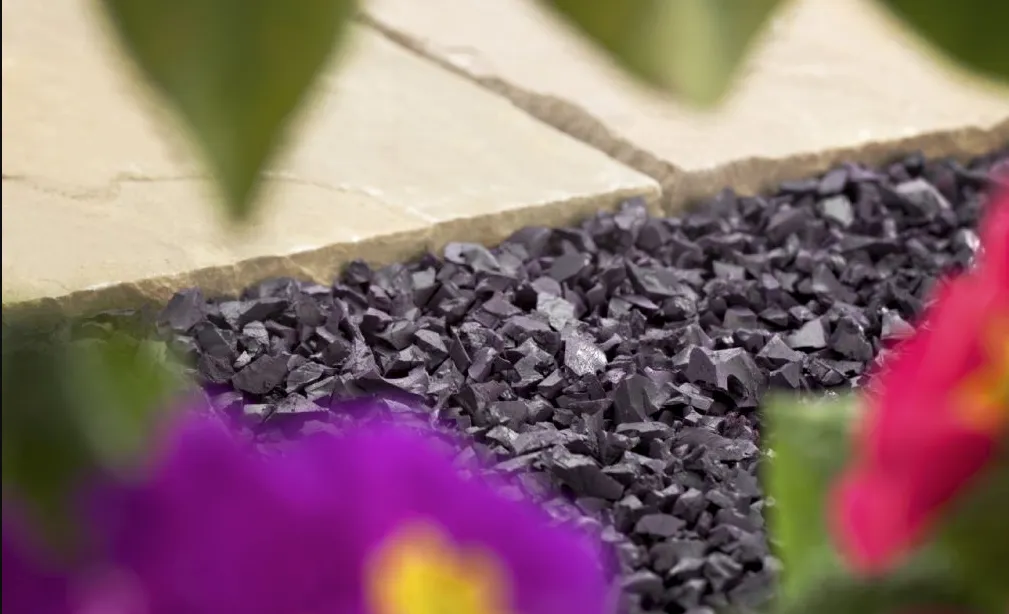
SQUIRREL_13089785
Shell gravel
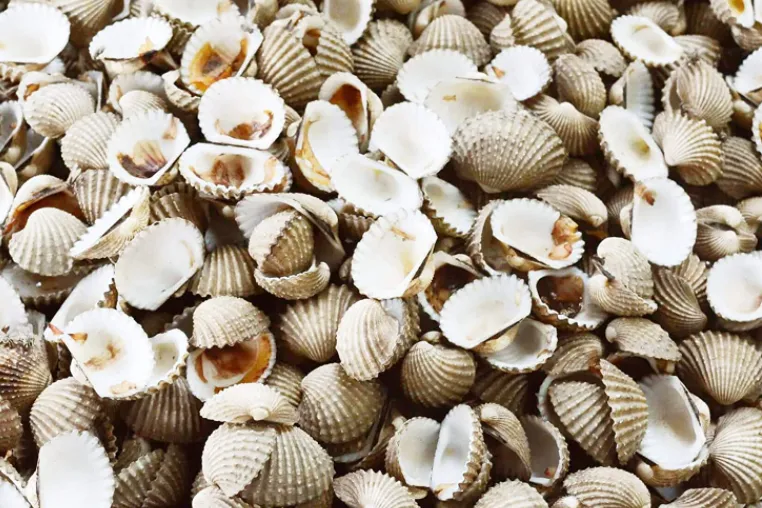
Another bi-product, waste shells work well as a decorative mulch around plants or for areas of path or patio. Worth considering if you have a coastal garden making a nice link to location.
SQUIRREL_13085695
Coarse grit
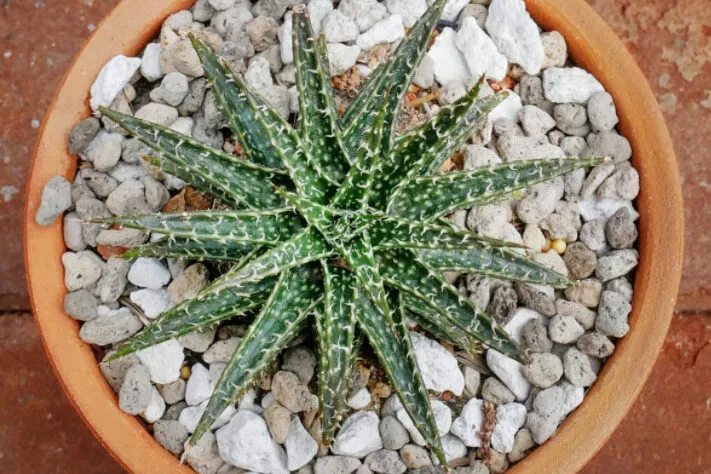
Also referred to as horticultural grit, this is the best choice for adding to soil mixes to improve drainage in container or for adding as a top layer to discourage slugs and prevent soil splash back.
Other key materials when using gravel
Edging
Gravel will migrate. To help prevent this and contain gravel within an area, an edging is highly recommended. This could be a line of bricks, raised wooden edging, more formal decorative stone edging, or metal edging strips. These work best if raised but flushed edging will provide some constraint.
Landscape fabrics/ weed control matting
Driveways, pathways and weed-free gravel area will need a membrane laid when preparing surfaces for gravel. They will help with stabilisation of the soil beneath the gravel and act as a separation layer so that your gravel doesn’t bed down into the soil. It won’t stop 100 per cent of weeds but it will act as a prevention and those that do seed into gravel are usually easily pulled up.
These can be woven or non-woven, made from recycled materials, or biodegradable. For most home garden situation, a non-woven textile is best as this allows water and air to pass through easily, while woven fabrics are less permeable.
Black VidaXL Weed Membrane...
SQUIRREL_TEXT_13089819
White Spudulica GeoTextile Membrane...
SQUIRREL_TEXT_13084663
Stabilisation grids
These are honeycomb like, or little square celled grids that can be laid on top of the landscape fabric to help further stabilise areas and stop gravel from too much displacement. Recommended for areas such as driveways that need to bear weight and get lots of usage.
There are versions made of recycled plastic, so from an environmental perspective, choose these in preference to non-recycled options. Grids can be bought in conjunction with fabrics. They tend to come as black or white and the colour will be determined best by the colour of your gravel.
It is likely that you will see the grids but this shouldn’t be overly off putting.
SQUIRREL_13089830
Gravel garden ideas
First up, gravel is a cost-effective choice, it’s a natural material and it’s water permeable – all important considerations when thinking about the amount and type of materials you bring into your garden.
Gravel comes in varying shapes, sizes and colours; rounded, smooth gravels tend to have come from riverbeds or marine sites, while angular gravels will most likely be a by-product of quarrying.
How to use gravel
Driveways
A popular choice if you love that crunch of tyre on gravel as you sweep up to your front door. Prepared and laid correctly, gravel here is an easy choice that can cope with regular usage – and can be spruced up in due course if it needs a bit of a refresh.
Choose a gravel that’s 10-18mm in size so as not to get stuck in tyre treads or get displaced too easily, and harder materials such as granite or flint, rather than softer limestones and sandstones.
Here's more about how to design your front garden.
Pathways
A gravel path makes an easy way to get around your garden, avoiding muddy strips from repeated journeys to your shed or seating area. Gravel makes curving paths very easy to create and is adaptable to any style of garden with the right choice of gravel type.
Do consider other material usages and surfaces already in the garden – paving, a wall, brickwork - and try to choose a gravel that complements and blends with the tones and colours of these, particularly if they are locally distinct.
Advice is to use gravel 6-10mm in size so that it is comfortable to walk on – no big stones – and isn’t so small as to be more like grit.
Looking for more inspiration on pathways? Read our ideas for a garden pathway feature.
Seating areas
Edged with brick or another method to stop stones straying too easily, gravel can define a seating area without the worry of considering accurate levels and drainage. Give your garden furniture a good wiggle to ensure that it is well grounded in the gravel before using it.
Here's more on the best seating for your garden.
Linking areas
Not just as paths from one part of the garden to another but in terms of linking areas of different material, so from a terrace of stone slabs to grass, a gravel strip can work well, or indeed filling in between irregularly shaped pavers or concrete runners.
It can denote a shift in style from the more formal to the more informal, or work well to edge a vegetable garden area to help it feel more of a designed ad integral feature of a garden.
Weed control
Used in combination with a weed suppressant membrane, gravel works really well in those areas prone to weeds, or areas where you struggle to reliably grow grass because of shade or excessive damp. In darker shadier corners, a light-coloured gravel can also help give an additional brightness.
Improve draining
A top layer of gravel can help in areas prone to poor drainage or become features in themselves, for example in the increasingly popular (and in some cases environmentally necessary) rain gardens and bioswales to create stream bed effects, prevent run off and direct water in a particular direction or to a storage feature.
Water conscious gardening and dry gardening
While heavy downpours might be one side of more extreme weather conditions, the other is periods of drought or low water and gravel is a great asset when creating a more Mediterranean style garden.
Gravel around plants will help water drain away from soil surfaces, while also providing a mulch that prevents moisture evaporating too readily.
Low-nutrient planting
There’s lots of interest at the moment in planting in sand or crushed rubble as an ecological way to grow plants that are tough and more opportunistic of their location. Crushed rubble or reused gravel is a way of keeping materials on site and repurposing them effectively.
Pot topping
A finer grade is best for this but a light topping of gravel in pots is a great way to supress weeds around your featured plants, act as a moisture-retaining mulch and with smaller specimens such as crocus or Iris reticulata, it’s a way of preventing soil splashing back up on to flowers and ruining their appearance, or even spreading soil-borne diseases.
Slug control
Try sharper edged gravels as a control against slugs. It won’t necessarily stop slugs completely but surrounding your more vulnerable plants with a the less appealing surface of a gravel barrier, can make them less immediately accessible to slugs.
Sporting endeavours
How about a petanque pitch in your garden? Self-binding (also known as hoggin or decomposed granite) options will give an excellent surface for taking on rival teams at boule.
If you're ready to get going and need some weed control membranes, see our guide to the best landscape fabrics you can buy today.
